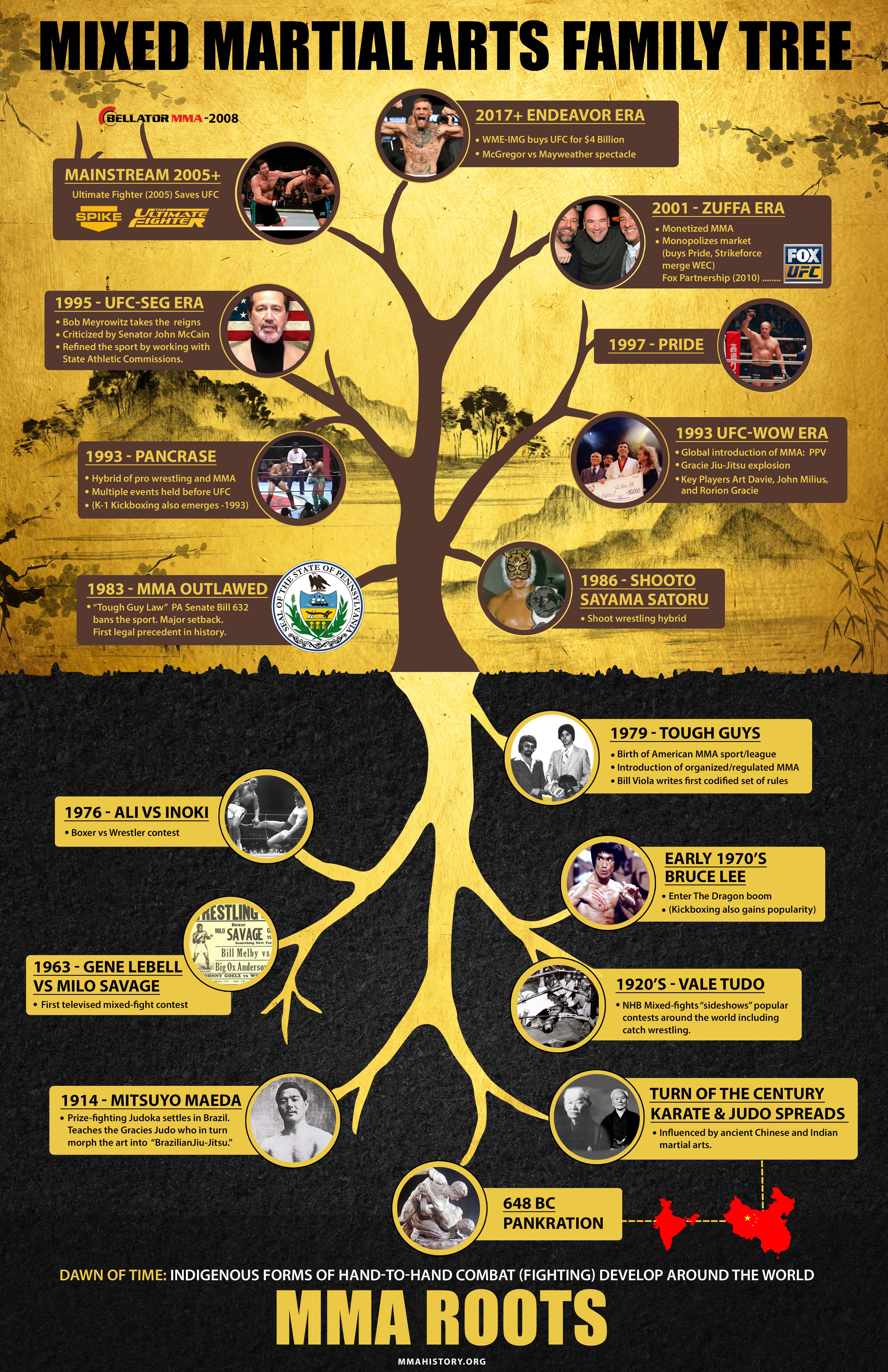Traditional Martial Arts Vs. Modern Combat Sports: Recognizing The Secret Distinctions
Traditional Martial Arts Vs. Modern Combat Sports: Recognizing The Secret Distinctions
Blog Article
Material By-Ware Fink
When you think of martial arts, do you lean extra towards the typical practices or the modern-day battle sporting activities? Each path supplies distinct advantages and experiences, shaped by their ideologies and training methods. Standard martial arts highlight personal development and technique, while modern combat sporting activities focus on competition and efficiency. Recognizing these differences can guide you in choosing the ideal technique for your journey. But exactly how do these differences show up in training and philosophy?
The Viewpoint and Background Behind Conventional Martial arts
While many people associate martial arts with physical battle, the ideology and history behind traditional martial arts run much deeper. You'll discover that these self-controls highlight personal growth, technique, and respect.
Stemming from ancient methods, standard martial arts were often developed for Self-Defense and spiritual growth. They embody principles such as balance, harmony, and self-constraint, directing practitioners past simple combating skills.
As bruce lee martial arts educate, you'll not only learn methods yet also obtain insights into the culture and values that formed these arts. The routines and practices, often passed down via generations, foster a sense of neighborhood and belonging.
The Competitive Nature of Modern Combat Sports
Modern battle sporting activities have actually changed the landscape of martial arts into a highly competitive arena, where professional athletes face off in an examination of ability, technique, and endurance.
You'll notice that competitions are frequently organized with stringent policies and guidelines, ensuring fair game and security. These events attract big audiences, sustaining the excitement and strength of matchups.
Athletes educate carefully, not just for physical expertise however also for mental toughness, understanding that every detail counts in the ring. The adrenaline rush during competitions is apparent, as competitors press their limits to declare triumph.
Fans value the athleticism and virtuosity entailed, making modern-day battle sporting activities a thrilling phenomenon that remains to evolve and mesmerize enthusiasts around the globe.
Training Techniques and Strategies: A Relative Analysis
The affordable atmosphere of modern battle sporting activities needs cutting-edge training techniques that differ substantially from conventional martial arts.
In century martial arts supply -day training, you'll concentrate on details methods, competing, and conditioning, typically utilizing drills that imitate genuine fight circumstances. You'll see an emphasis on quantifiable efficiency and regular competition to evaluate your skills.
In https://lynnwoodtimes.com/2023/01/28/self-defense-230128/ , typical martial arts focus on types, katas, and philosophical teachings, frequently highlighting discipline and regard over competition.
Training is typically much less intense and may include repeated technique instead of real-time sparring.
While both techniques construct ability and physical fitness, modern-day combat sports give a much more dynamic and versatile training atmosphere, preparing you for immediate obstacles in the ring or cage.
Select the path that straightens with your goals and interests.
Verdict
In picking between conventional martial arts and contemporary fight sports, it actually comes down to what you value the majority of. If you're searching for individual development, discipline, and a sense of community, traditional arts could be your best fit. However if you grow on competitors and real-time obstacles, modern combat sports could be the means to go. Inevitably, both courses supply unique benefits, so it's everything about aligning your training with your personal goals and rate of interests.
